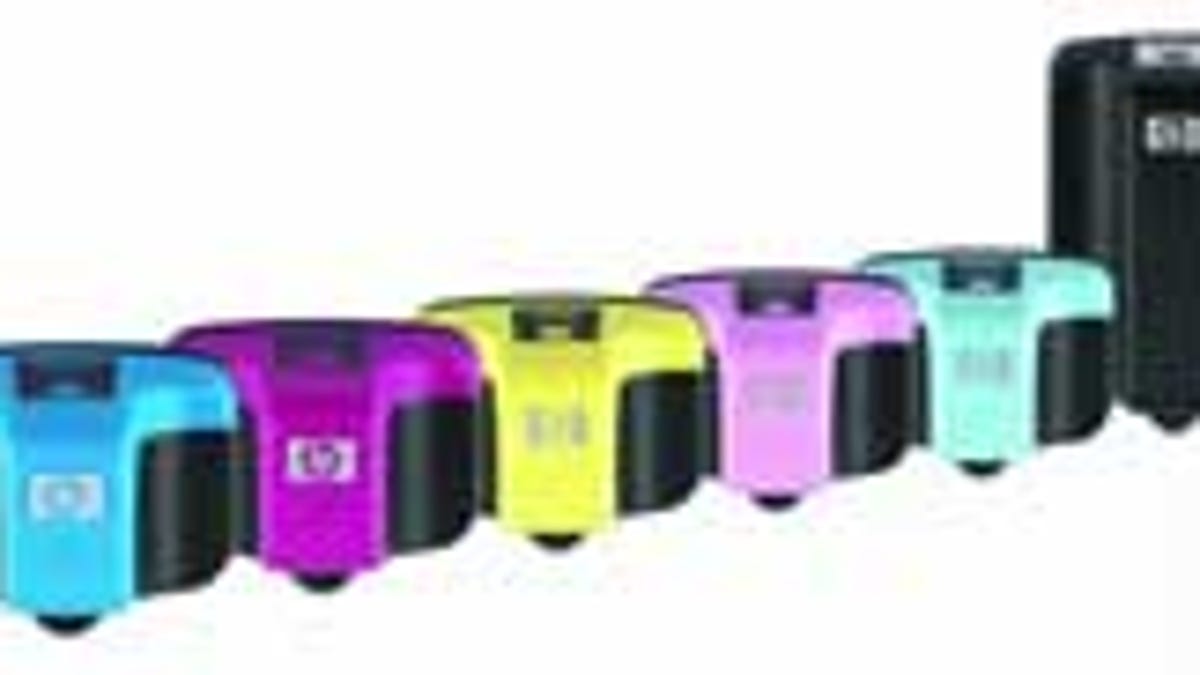Ink bowser wars: HP claims its printers are more -fuel efficient"
HP is trying to combat consumers' urge to go cheap on the consumables with an education campaign that says printers should be assessed on their page yield per cartridge.

The worst thing about having a home photo printer is forking out for the seemingly exorbitant costs of replacement ink cartridges and paper.
In a media briefing this week in Sydney, HP showed how it is trying to combat our natural urge to go cheap on the consumables with an education campaign that likens printers to the car industry, and touted research by an independent testing lab that shows HP printers can produce as much as twice as many pages per cartridge, thus making them more "fuel efficient."
HP claims that the biggest discrepancy in printer testing methodologies is that most printers are rated on continuous printing -- printing until the cartridge is depleted -- which is not a real-world scenario, where a frequent start/stop model is more common.
Much greater quantities of ink are consumed with intermittent printing, as all inkjet printers are designed to periodically clean and maintain themselves. In doing this, most use ink to prime or "flush" the system to keep the nozzles from clogging and to push air bubbles out of the system. Ink is also wasted during the initial set-up and whenever a companion cartridge is changed.
New HP Vice President, General Manager, Imaging & Printing and Consumer Group South Pacific, Christoph Schell (who must use a fair amount of ink just printing out his job title) drew a couple of analogies with the car industry for the gathered journos.
He noted that the printer efficiency tests should be like comparing city and highway driving. Gas mileage is always better on long-distance highway driving, whereas it falls significantly in the city with lots of start and stop traffic. Schell says that most common continuous printing tests are a good base standard, but like testing a car's gas mileage, stop-start printing should be measured to get a more accurate read on a printer's page yield per cartridge.
Schell also compared some printers to gas-guzzling V8 engines that require litres of fuel just to turn the car on. HP printers, he claims, are more akin to Toyota Corollas, in that they can initialise without burning lots of ink.
The test results presented by David Spencer of the US-based SpenderLab Digital Colour Laboratory show HP printers outperforming competitors in ink efficiency in most scenarios, and particularly better for coloured inks.
HP claims to have achieved this edge through a combination of recirculating ink systems that flush air out of the print head, wiper blade technology that keeps print nozzles from crusting and unique ink formulas that keep the ink from clogging.

